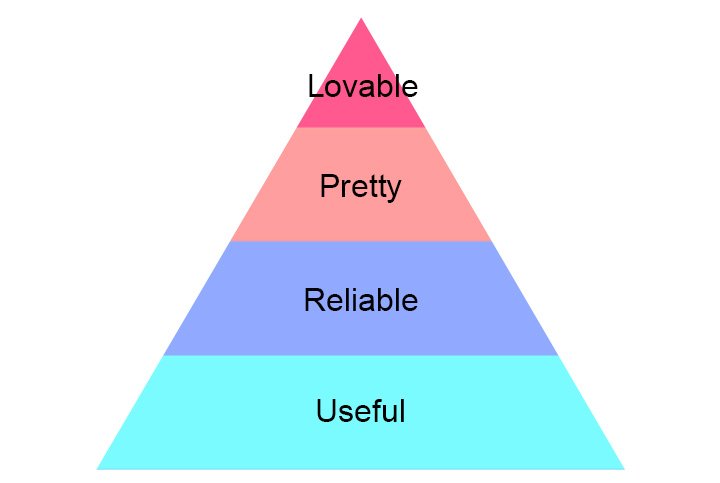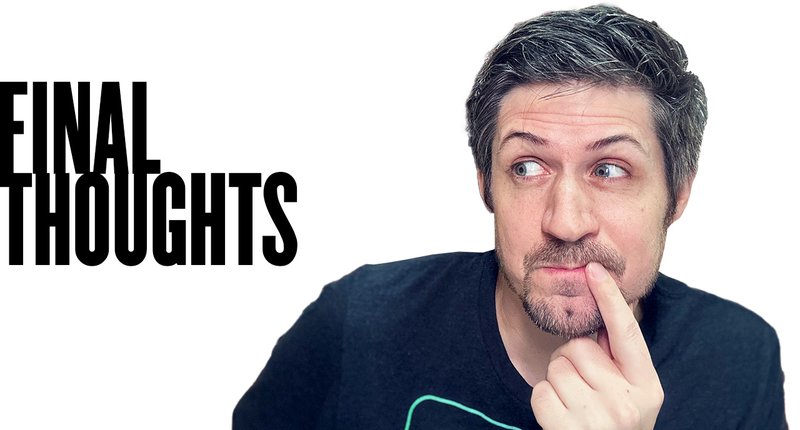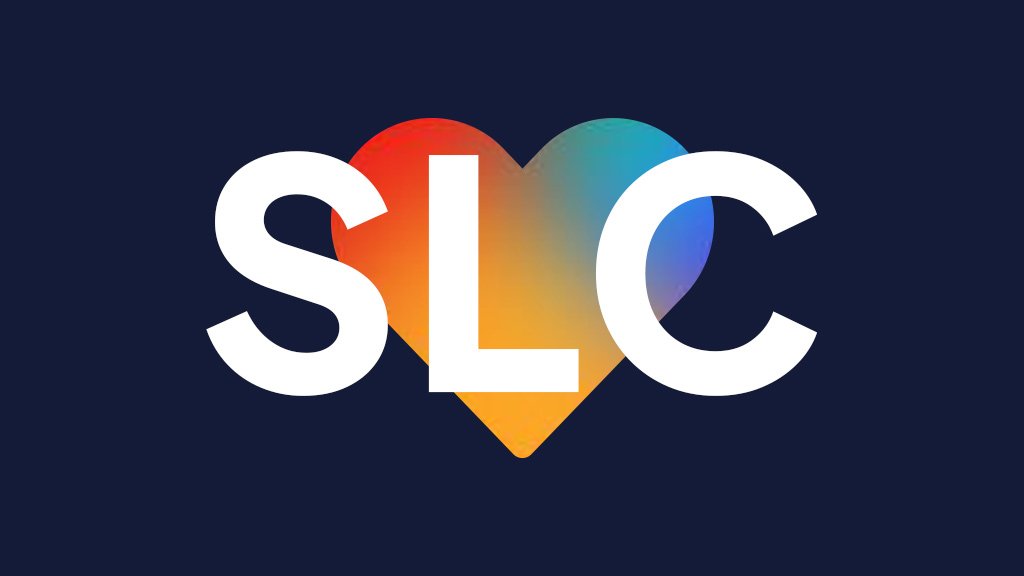If you're building a product, you’ve probably heard the advice: “Start with an MVP.”
MVP stands for Minimum Viable Product, and it means building the smallest version of your product that people can try out. The idea is that you’ll learn fast, and improve fast.
Sounds smart, right?
But there’s a problem: Customers usually hate MVPs.
They feel rushed, buggy, and unfinished. You might learn something from an MVP, but your users just feel like they’re testing something unfinished and even broken.
That’s why you might want to try the concept of SLC:
Simple, Lovable, and Complete products.
Let’s walk through what that means and why it works better.
Why MVPs Fall Short
Here’s the original idea behind MVPs:
- Build something small, to save time and money.
- Release it quickly, so real people can start using it.
- Use what you learn to improve or change direction.
This makes sense for the team building the product. You get feedback early. You don’t waste time on features people don’t want.
But there’s a catch: Customers don’t like half-finished products.
The MVP approach was encouraged by Reid Hoffman (founder of LinkedIn) who said, “If you’re not embarrassed by your first version, you launched too late.”
But think about it - who wants to use something embarrassing?
That’s why many MVPs fail. They’re often too “M” (minimal) and not "Lovable" enough. People try them once, get frustrated, and never come back.
A Better Way: SLC (Simple, Lovable, Complete)
Instead of launching something unfinished just to learn, why not launch something that people actually like using and fall in love with?
Here is the concept of SLC, called "Slick":
Simple
Keep your product focused. It doesn’t need 50 features — it just needs to do one thing really well.
For example, early Google Docs didn’t have all the tools of Microsoft Word. But it nailed two things: simplicity and real-time collaboration. And that was enough.
Simple doesn’t mean incomplete. It means focused.
Lovable
People should enjoy using your product. It might be small, but if it feels good to use, people will come back.
Being lovable can come from:
- A clean, friendly design.
- A great seamless experience.
- Solving a real problem very well.
For example, Slack started as just a simple chat tool, but people loved using it because it was fun, easy, and helpful.
Complete
Don’t ship something unfinished or even broken just to test. Even if your product is small, it should feel finished.
It should:
- Do what it promises.
- Be reliable.
- Feel like a real product, not a prototype.
Think of SLC as a small but finished product that customers want to use right now. You might only have one shot with your customers. An unsatisfying first experience and they might never come back.

Lovable Is an Art, Not a Feature
Making something lovable isn't just about features - it's an art. It's the passion you pour into the product, the extra care that makes users feel delighted, not just served.
Anyone can cook, but a chef adds love to the dish. That’s what makes it unforgettable. SLCs are like that — simple and complete, yes, but also crafted with care.
A lovable product touches the user emotionally. It’s not just functional — it’s crafted. And that’s what turns users into fans. Lovability is an art form, not a checklist.
Real-World Examples of SLC
Many big products started with a SLC mindset:
- WhatsApp started as a status update app. No chats, no calls — just a way to say “What’s up?”
- Snapchat launched with one simple feature: take a photo and send it to a friend, and then it disappears. That’s it.
They were simple, lovable, and complete. And they took off because of it.
Later, those products added more features — but only after their basic version had already won users’ hearts.
What Happens After SLC?
Here’s the cool part: If your SLC works, it can stand on its own. You don’t have to keep adding features right away.
That’s different from MVPs. If you never improve an MVP, it stays a weak product. But a good SLC can live on and bring value, even if it stays small.
Of course, you can keep growing the product over time. Snapchat added filters, stories, and more. But it didn’t need those things to succeed — the SLC was strong on its own.

Forget the “Product Hierarchy”
Some people say you should build products like a pyramid:
First, make it useful. Then make it reliable. Then make it pretty. And only at the top, make it lovable.
But that’s not how people actually fall in love with products.
People don’t just want something that works. They want something that feels good to use. That’s why SLC starts with love, even if the product is small.

Final Thoughts: Build Slick, Not MVP
Ask yourself, “What’s the Slick version of my idea?”
Because in the end:
- MVPs help you learn.
- SLCs help everyone win.
Build something people can love from day one even if it’s small. That’s how great products start.
Stay curious my friends!




